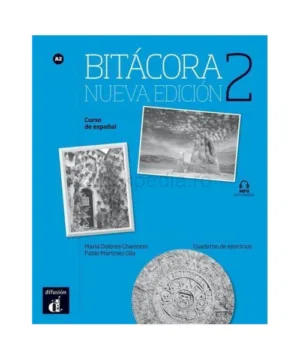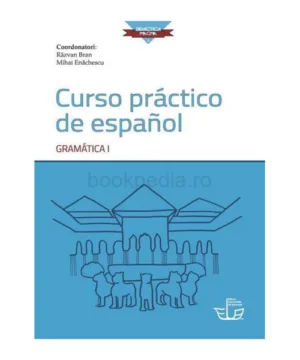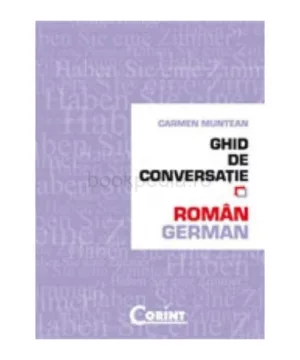| General | |
|---|---|
| Publisher | Pro Universitaria |
| Year | 2016 |
| Others | |
| Identification | |
| ISBN-13 | 9786062606428 |
| Format | |
| Pages | 234 |

A Young Juridical Institution. Mediation
24,00 lei
More and more litigations are filed in the courts of law, which supposes not only longer waiting periods to settle the litigations, but also an increase of legal expenses which might get to levels quite disproportionate in comparison to the value of the litigation. Mediation appears as a modern, simple, fast and flexible solution left at the parties’ discretion, that are entitled to denounce the agreement during any of the proceedings’ phases. The mediation process differs from other procedure or means, such as arbitrage, conciliation or reconciliation, employed to settle conflicts.
The difference between arbitrage and mediation is that in case of litigation submitted to arbitrage, the arbitrators rule on the settlement method of the parties’ litigation, while in the case of mediation, the mediator does not settle the litigation, but assists the parties during the negotiation and finding a solution convenient to all parties involved in the conflict. Moreover, in the case of conciliation, parties negotiate the conflict’s settlement method, whilst in mediation the parties negotiate between them, while they are assisted by a mediator – an independent and neutral party towards the parties. The mediation agreement is an act subsequent to any litigation exiting between the parties, but according to certain opinions, nothing prevents the parties, that prior to concluding the fundamental relation or at the same time with it, to mutually agree to an amicable settlement clause in case of litigation.
As part of the mediation procedure, the mediator does not offer the solution and such solution does not bear the mandatory character of a judge or arbitrage ruling, it is the result of parties’ negotiations and communication by means of the mediation and it has at its basis the principle of pacta sunt servanda. The juridical nature of the mediation is purely contractual, with all the consequences triggered by the contractual character of the concluded act. Distinction must be made between the concept of mediation as a private law institution and the one related to public international law, such mention being necessary as the mediation relations analysed within this paper consider only those of personal non-patrimonial or patrimonial nature belonging to members of the community, regulated by the Romanian legal norm, making also reference, for comparison, to the procedure regulated in other legal systems.
In case of conflicts arising at any given level of the community, the mediation becomes a relatively frequent method of Alternative Dispute Resolution – ADR, both due to its effectiveness and of its efficiency. This method proves to be a means allowing the conclusion of an agreement satisfying all parties involved in the conflict, thus saving time and financial resources, and in many cases the mitigation of the stress factors. When a conflict develops, the “classic” resolution method is the court action, usually called litigation. The litigation, turned into a lawsuit, is frequently met in civil matters.















